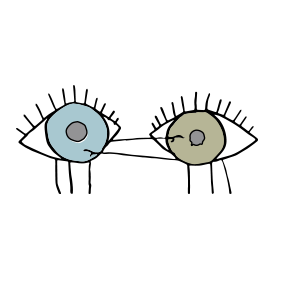Give a Second Conclusion
Nov 19, 2019 | 0
Don’t let your presentation be the victim of the last question that was asked. Be prepared to close again with a second conclusion once the questioning has stopped.
Here’s a true-life example: At the end of my presenting a very important proposal to a company, the audience was arguing among themselves about an issue. Someone told me, “Thank you very much. Dave will escort you out.” But the atmosphere felt a bit aggravated and it felt like a dark cloud was now hanging over the group so I asked, “Before I leave can I tell you a brief story?” They couldn’t really say no. I told them a story, they laughed and then I left the room full of light and positive energy.

Why do this? I wanted their experience with me to end on a positive note, so I decided to finish the meeting in an upbeat manner—ending with the message and tone that I was in control of.
Why should you think about this idea? You give a presentation. The audience asks questions. You say, “Any more questions?” No one responds so you say, “Thank you” and leave or sit down. What if the last question did not set the best tone? Now all the work you did for that presentation is a bit lost due to the way it ended.
Every presenter should have a second conclusion prepared—just in case you need it. A second conclusion can include:
- Vision for the future
- Recap of key actions that have been done
- Recap of key actions to be done in the future
- Challenge for the group
Create your second conclusion with the focus on ending your presentation with an upbeat, positive and can-do attitude. Your second conclusion sheds light one more time on your messages.
When you add a second conclusion, you end the presentation—or meeting—on the emotional note and focused message of your choosing, not on an audience member’s last question or comment.
PS: Be aware that many meetings do need this second conclusion, whether the questioning was negative or not! It also allows you to have the last and best word on the subject matter.



